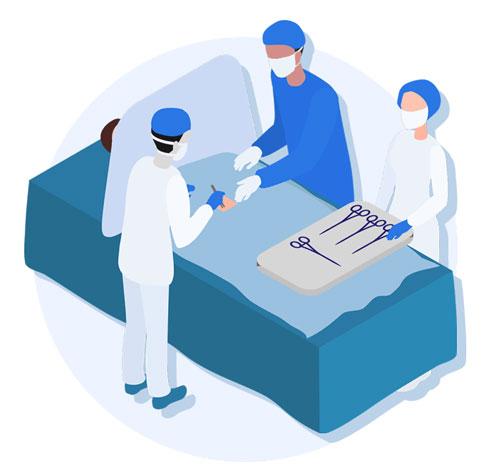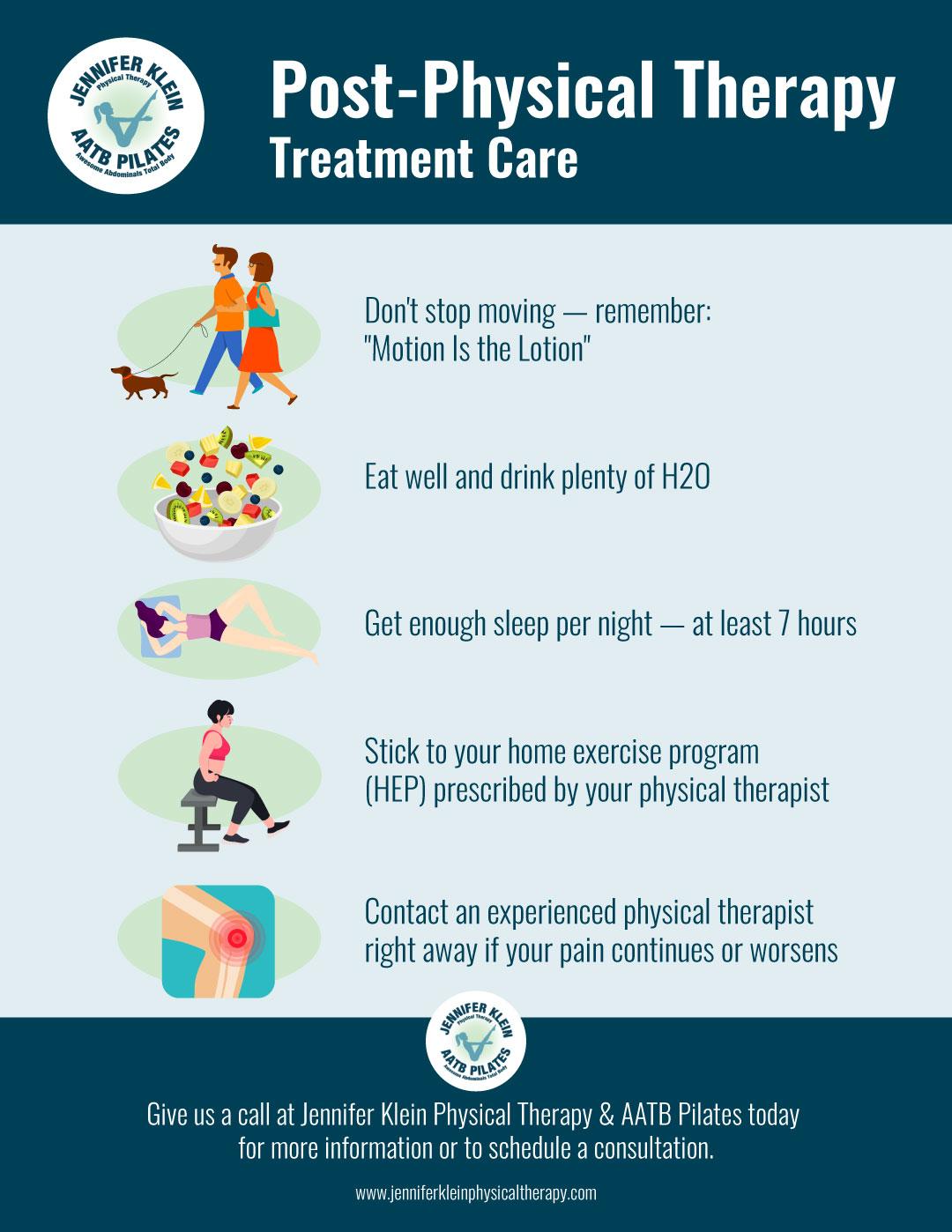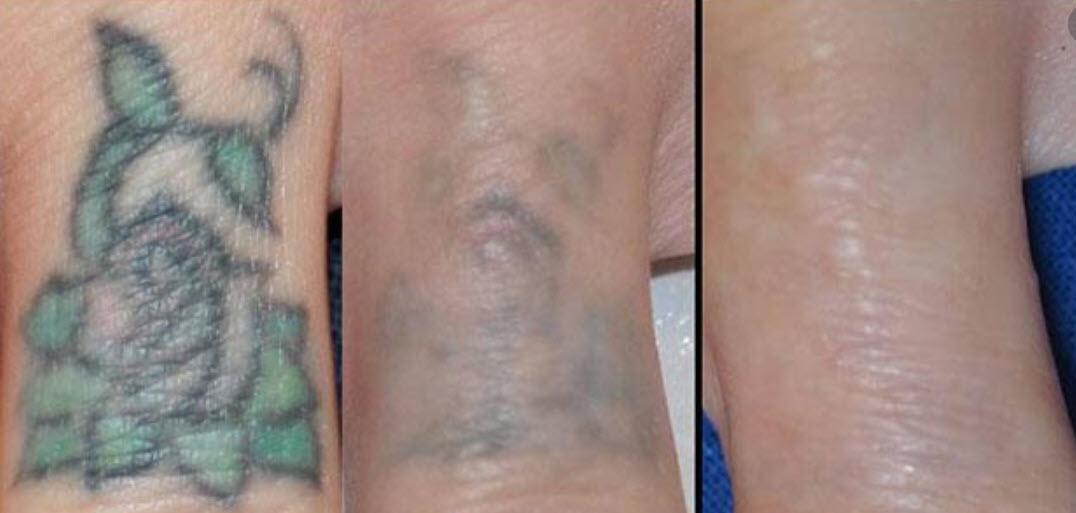In the bustling canvas of human expression, tattoos stand as vibrant brushstrokes, each telling a unique story. But what happens when the narrative written in ink no longer resonates with the bearer? Enter the transformative realm of laser tattoo removal—a journey from inked memories to unblemished beginnings. “Ink to Blank: Your Guide to Laser Tattoo Removal Care” serves as your compass through this meticulous process, blending science with personal care to ensure a smooth transition. Whether it’s a change in personal taste or the desire to erase the past, we’ve curated this guide to illuminate every step, demystifying the path from vibrant hues to a pristine palette.
Understanding the Laser Tattoo Removal Process
Laser tattoo removal works by targeting the ink particles in the skin with high-intensity light beams. These beams break down the ink into smaller fragments, which are then naturally eliminated by the body’s lymphatic system. The technology used in this process is sophisticated, utilizing precise wavelengths that specifically target different colors of ink. For instance, **black and dark blue ink** are typically the easiest to remove due to their high absorption of laser light. Lighter inks, such as **yellow and green**, can be more challenging and may require specialized lasers.
- Pulse Duration: Short bursts for minimal skin damage.
- Wavelength: Different wavelengths for different ink colors.
- Intensity: Adjusted based on tattoo size and location.
Tattoo removal typically involves multiple sessions. The number of sessions required will depend on several factors including the **depth of ink**, the **tattoo’s age**, and the individual’s **skin type**. On average, professional tattoos may take anywhere from six to ten sessions for significant fading. Amateur tattoos, which often lie more superficially in the skin, may disappear faster. It’s crucial to maintain adequate time between each session, usually a span of six to eight weeks, to allow the skin to heal properly and for the lymphatic system to flush out the fragmented ink.
| Factor | Impact on Removal |
|---|---|
| Ink Color | Dark colors are easier to remove. |
| Tattoo Age | Older tattoos may require fewer sessions. |
| Skin Type | Darker skin may require more cautious treatment. |
Pre- and post-treatment care are critical for optimal results and to minimize any potential side effects. Before each session, it is important to avoid sun exposure to the tattooed area, as tanned skin can increase the risk of adverse reactions. Post-session, the treated area should be kept clean and dry, and **hydration** is key. A healing ointment can also be applied to aid recovery. Patients are advised to avoid picking or scratching the treated area to prevent scarring. Following these guidelines ensures that each session effectively contributes to the overall removal of the tattoo.

Pre-Procedure Preparation: Setting Up for Success
Embarking on the journey of laser tattoo removal requires diligent preparation to ensure a smooth and successful experience. Prior to your appointment, it’s essential to take specific steps to prime your body and skin for the procedure. This meticulous preparation phase can significantly contribute to optimal results and a faster recovery.
First, avoid exposing the area to be treated to sun or tanning beds. Sunburnt or tanned skin can interfere with the laser’s effectiveness and increase the risk of complications. **Keep the area shielded with clothing or apply a broad-spectrum sunscreen with SPF 30 or higher**. Proper skin care before treatment ensures that your skin responds well to laser exposure.
**Hydration and nutrition are also key**. Drink plenty of water in the days leading up to your session, as well-hydrated skin responds better and heals faster. Incorporate a balanced diet rich in vitamins and minerals to support your immune system. This not only promotes healing but also helps in overall skin rejuvenation.
It’s also important to avoid certain substances before your appointment, such as alcohol, smoking, and blood-thinning medications. These can affect your skin’s healing process and the procedure’s effectiveness. Below is a concise reference table:
| Substance | Avoid Before Treatment |
|---|---|
| Alcohol | 48 hours |
| Smoking | At least 2 weeks |
| Blood-Thinning Medications | Consult your doctor |

During the Session: What to Expect and How to Manage Pain
Once you’re in the clinic, the professional will start by explaining the process in detail. They will clean the area, apply a numbing cream, and ensure you’re comfortable before beginning. Throughout the procedure, you might feel a snapping sensation against your skin, comparable to a rubber band being flicked. This is normal and indicates that the laser is breaking down ink particles. Here’s what you need to keep in mind:
- Stay Relaxed: Remember to breathe deeply and stay as relaxed as possible, as tension can intensify the sensation.
- Communicate: Don’t hesitate to speak up if the pain becomes too much to handle. Most professionals can adjust the treatment intensity.
- Cool Down: Many clinics offer cooling devices that blow cold air on the treated area to minimize discomfort.
Managing pain during the session is essential, and there are several strategies you can employ. Applying ice packs or using a topical anesthetic can greatly alleviate discomfort. Some patients also find that taking over-the-counter pain relievers like ibuprofen or acetaminophen an hour before the session helps reduce pain. Additionally, consider listening to calming music or engaging in mindful meditation to distract your mind from the sensation.
| Method | Effect |
|---|---|
| Topical Anesthetic | Local numbness to minimize pain |
| Ice Packs | Reduces swelling and discomfort |
| Pain Relievers | General pain reduction |
| Cooling Devices | Targeted relief during treatment |
It’s crucial to hydrate well and wear comfortable, loose-fitting clothing to your session. Avoid caffeine on the day of your appointment, as it can increase anxiety and sensitivity. Post-treatment, follow the aftercare instructions provided by your technician to promote healing and reduce pain. With the right preparations and support, you can navigate the journey from ink to blank with confidence and minimal discomfort.

Post-Treatment Care: Healing and Skin Recovery
Once your laser tattoo removal session is complete, transitioning from inked to blank requires important steps to ensure optimal skin healing. Proper post-treatment care will not only enhance your skin’s recovery but also minimize potential complications. Immediately after the session, it’s crucial to keep the treated area clean and dry. Use a gentle cleanser without any harsh chemicals and apply an antibiotic ointment as recommended by your practitioner.
Covering the area with a sterile bandage for the first 24 hours can help protect it from infections. After this period, allow the skin to breathe and avoid tight clothing that may cause friction. Over the next few days, you might experience some redness, swelling, or blistering. These are common side effects and usually subside within a week. To ease discomfort and for better healing, apply a cool compress and elevate the area if possible.
Hydration is a key player in skin recovery. Prioritize moisturizing the treated region with a fragrance-free, hypoallergenic lotion. This will prevent dryness and aid in swift healing. Try to avoid direct sunlight on the treated area, as UV exposure can worsen pigmentation issues and prolong the healing process. If you must be outside, ensure to use a broad-spectrum sunscreen with at least SPF 30.
Here are some aftercare tips to keep in mind:
- **Avoid picking or scratching the scab**: Letting scabs fall off naturally reduces the risk of scarring.
- **Stay away from pools, hot tubs, and saunas**: These can introduce bacteria and delay healing.
- **No strenuous activities**: Minimizing physical exertion can help reduce sweating and irritation at the treatment site.
attending all scheduled follow-up appointments is essential for monitoring your skin’s progress and making necessary adjustments to your care plan.

Long-Term Care: Ensuring Optimal Results and Skin Health
Ensuring optimal results for laser tattoo removal is akin to nurturing a garden – it requires consistency, care, and attention to detail. Post-treatment, your skin’s health becomes a priority, acting as the canvas for successful outcomes. A few key strategies can be your guide in this journey:
- Hydration: Drink plenty of water to keep your skin cells healthy and to aid in faster healing.
- Moisturize: Apply a gentle, fragrance-free moisturizer regularly to maintain skin suppleness.
- Sunscreen: Protect the treated area with a high SPF sunscreen to avoid pigmentation issues.
Avoiding complications during the recovery phase can be as simple as embracing the right practices. Here are some essential don’ts post-laser treatment:
- No Picking or Scratching: Let scabs or blisters heal naturally to prevent scarring and infection.
- Steer Clear of Direct Heat: Avoid hot baths, saunas, and tanning beds which can exacerbate inflammation.
- Minimal Exercise: Refrain from heavy workouts to reduce sweating and irritation in the treated area.
Understanding the timeline of healing can help set realistic expectations and foster patience throughout the process:
| Timeline | Healing Milestone |
|---|---|
| 1-3 Days | Redness and swelling |
| 1-2 Weeks | Peeling and scabbing |
| 3-4 Weeks | Complete surface healing |
Long-term care isn’t just about the immediate aftermath. Consistently attending follow-up sessions and monitoring your skin’s response can significantly affect the results. Communicate any unusual pain or changes with your practitioner promptly, ensuring that both short-term symptoms and long-term skin health are managed effectively. Together, these practices will pave the way for a clear, healthy canvas once again.
Q&A
Q: What is the first step in preparing for laser tattoo removal?
A: The journey begins with a comprehensive consultation. During this session, a professional will assess your tattoo, discuss your medical history, and outline a personalized treatment plan. It’s essential to ask questions and address any concerns you might have to ensure you’re comfortable and informed before starting the process.
Q: How should I care for my skin immediately after a laser tattoo removal session?
A: Post-treatment care is critical to achieving optimal results. After your session, you’ll need to keep the treated area clean and dry. Applying a thin layer of antibiotic ointment and covering it with a sterile gauze can help prevent infection. Avoid submerging the area in water and try not to expose it to direct sunlight. Think of your skin as a canvas that needs time to heal before it can fully reveal its new, blank state.
Q: Are there any specific products I should use or avoid during the healing process?
A: Yes, your skin will be particularly sensitive after laser treatment, so you’ll want to use gentle, fragrance-free products. Avoid harsh soaps, exfoliants, and anything containing alcohol. Instead, focus on keeping the area moisturized with a recommended ointment or a gentle, hydrating cream. This will help soothe the skin and promote healing.
Q: How important is sun protection after laser tattoo removal?
A: Sun protection is absolutely crucial. The lasers make your skin more vulnerable to UV damage, which can lead to pigmentation changes and prolong the healing process. Apply a broad-spectrum sunscreen with at least SPF 30 whenever the treated area is exposed to sunlight. Consider this sunscreen your shield, defending the progress of your tattoo removal journey.
Q: How long should I wait between laser tattoo removal sessions?
A: Patience is key in this process. Typically, you’ll need to wait between 6 to 8 weeks between sessions. This waiting period allows your skin to heal and ensures that each treatment is as effective as possible. Your body needs time to naturally remove the ink particles broken down by the laser. Think of it as giving each chapter of your ink removal story the time it needs to develop fully.
Q: What are some signs that I should contact my medical provider after a session?
A: While some redness, swelling, and slight discomfort are normal, be on the lookout for signs of infection or adverse reactions. These may include severe pain, increased redness, persistent swelling, or pus. If you experience any of these symptoms, don’t hesitate to contact your medical provider. Prompt attention to these signs is essential to ensure both your safety and the success of your treatment.
Q: Is there anything I can do to boost the tattoo removal process?
A: Leading a healthy lifestyle can play a significant role in the tattoo removal process. Staying hydrated, getting plenty of rest, and maintaining a balanced diet can enhance your body’s natural ability to heal and remove ink particles. Consider these actions as supporting characters in your story, helping to bring your skin back to its natural, blank canvas state.
Q: How can I manage discomfort during and after treatments?
A: Managing discomfort is all about preparation and aftercare. During treatment, your technician may apply a numbing cream to minimize pain. After the session, over-the-counter pain relievers like acetaminophen can help alleviate any residual discomfort. Cold compresses can also be effective in reducing swelling and soothing the treated area. Think of these measures as tools in your kit, ensuring you navigate the journey with the least possible discomfort.
By following these guidelines, patients can maximize the effectiveness of their laser tattoo removal treatment while ensuring their skin heals beautifully. It’s all about stepping into the process informed and prepared, ready to turn that ink into blank space once more.
Key Takeaways
As you venture through the evolving landscape of your skin’s canvas, “Ink to Blank: Your Guide to Laser Tattoo Removal Care” aims to be your steadfast companion. Whether you’re bidding adieu to a relic of yesteryears or simply paving the way for new artistry to emerge, remember that each step in your journey is a testament to your resilience and transformation. May your path to renewal be gentle, informed, and as vivid as the chapters yet to be written on your skin. Journey on, with clarity in your stride and confidence in your heart.






